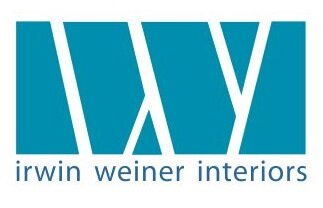Perfect Paint Job
A perfect interior paint job has a smooth, uniform finish with consistent color coverage, and no visible imperfections:
Color
The color should be consistent throughout the surface, with no areas that appear lighter or darker than others.
Finish
The paint should have a smooth, uniform finish without any bumps, bubbles, ridges, runs, drips, or sagging. You shouldn't be able to see any chunks or bits in the paint.
Coverage
The paint should cover the entire surface area evenly, without any patches of thin coverage or tiny spots that were missed.
Brush strokes
There shouldn't be any visible brush or roller marks, especially near the edges of walls, windows, and doors.
Other signs of a good paint job include:
The walls feel smooth when you run your hand over them after the paint has dried
The paint looks and feels similar to other walls in your house
The paint appears the same at the top, bottom, and corners of the wall
To achieve a good paint job, you can:
Prepare the surface: Patch any holes or scrapes, and prime the area
Protect your space: Lay down protective barriers and sheets to protect your floors and furniture
Choose the right paint: For example, you can use a hybrid paint that's compatible with both latex and previously painted oil-based surfaces to reduce the time and cost of painting. You can also use a semi-gloss finish in bathrooms so you can wipe up splashes and condensation without leaving spots
Interior house painting can be expensive for many reasons, including:
Labor
High-quality painting requires specific steps that take time and experience. Prep work, such as moving furniture, removing art, and cleaning stains, can also add to the cost. Professional painters typically charge between $30 and $60 per hour, but specialty jobs may cost more. Some painters may charge by the room or surface area instead of by the hour.
Paint quality
The type of paint and finish you use can vary depending on the surface and environment. Premium paints contain more binders, which help the paint adhere to the wall and resist damage. They also use higher quality pigments, like titanium dioxide or iron oxides, which can create bolder colors and hide previous paint coats.
Project complexity
The size of the home, the paint color, and the need to access difficult-to-reach areas can all impact the cost.
Materials
You'll need to buy new supplies for each job, such as ladders, sprayers, masking tape, and plastic.
Project management
Professional painting contractors may have a dedicated project manager overseeing the job.
When you read the average interior painting costs in the Forbes article (see below), you’re seeing an average U.S. paint job that is not to the extremely high standards of most interior design clients. A one-bedroom Manhattan apartment can easily cost $35,000 to paint to the highest standard, versus the average cost of $12,000 to paint a whole house to less-than-perfect standards in most parts of the country. So keep in mind that you will pay more to get perfection, from a perfect, smooth prep job to the greatest, blemish-free paint coverage you’ve ever seen. IWI clients, by and large, demand perfection, and it does cost them. With interior paint jobs by professionals, you get what you pay for.
House painting tips and resources:
AD: How Much Does It Cost to Paint a House?
Z&Z Painting & Restoration: Why Is Interior Painting So Expensive?
Forbes: How Much Does It Cost to Paint the Interior of a House in 2024?

